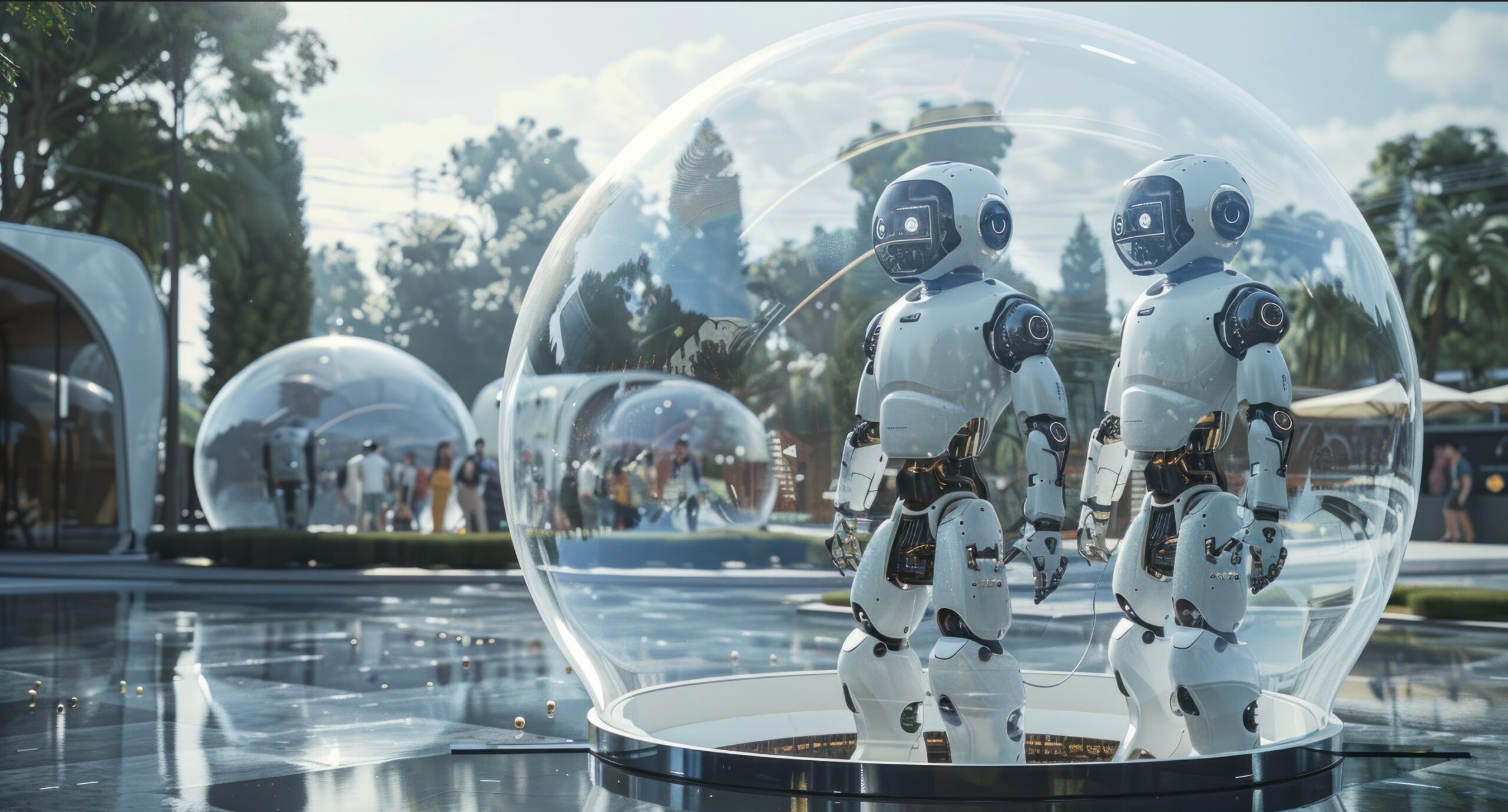
Guest editorial by Professor Michael Mintrom, Monash University
Robots are self-contained machines that can sense and act autonomously in their environments. Over a century of science fiction has given us images of robots: some positive, some negative. Comics, movies, videos and computer games have made those images more vivid. Asked to describe or draw a robot, many people could immediately respond with scenarios inspired by these fictional portrayals. But a lot of change is happening all around us. We no longer need science fiction to give us images of robots in our midst.
Rapid advances in artificial intelligence and automation technology have seen increasing numbers of robots appearing and performing specific functions in public spaces. Today, they can be spotted in supermarkets, malls, airports, hospitals, parks, and on streets and sidewalks. Their activities include cleaning, delivering food or parcels, or providing security or public information. As technology develops, the operating systems for robots are being integrated with massive data networks. Consequently, these intelligent machines are poised to become much more sophisticated and much more engaged in our daily lives.
Yet, for now, little is known about how robots shape our experience of public space as they interact with people and move through these environments. Moreover, little effort has gone into the development of public policy anticipating the ways that citizens will increasingly come to interact with robots.
At Monash University, I’m working with Professor Lisa Grocott and Associate Professor Shanti Sumartojo on a multi-year project funded by the Australian Research Council intended to advance policy design for robots in public spaces.
How might we advance policy design for robots in public spaces? Using traditional methods of policy analysis, we would start by asking about the positives and negatives of having robots operating around us. From here, we would progress to problem framing. What could go wrong with robots in public space and how can we reduce the risk of unfortunate outcomes? A good way to respond to that question involves exploring alternative policy responses. Policy analysts have often advanced this part of their work by looking for historical analogies and by looking around to see what policy responses are being devised elsewhere. When thinking about policy for robots, we might consider how governments devised policies and regulations to manage the introduction of automobiles into society during the twentieth century. Such analysis of alternative policy options is typically followed by a discussion of trade-offs among the options before recommendations are devised concerning efficient, equitable, and workable ways forward with policy design.
Traditional policy methods can help advance our thinking about all kinds of pressing challenges in society. But calls are increasingly being made for policy development to be more open to capturing the insights of people who are destined to live with changes wrought by policy reforms. This has led to the greater use of design thinking in policy development, where methods used by industrial designers are adapted to support policy work. A central goal of design thinking is to understand the day-to-day experiences of people and how policy changes would affect their lives, both positively and negatively.
Lisa, Shanti and I have been investigating what can be done to most effectively incorporate insights from lived experience into policy design work. Supported by the Wellcome Trust, we recently developed and tested the Tomorrow Party. This is a novel and creative method for engaging with people’s lived experience of social outcomes and generating new insights into the futures they value and desire.
The Tomorrow Party asks participants to ‘time travel’ to imagine a near-future where the policy changes they want are underway, and asks them how this future looks, feels and works. We found that generating improvised ‘tomorrow stories’ helps people work out the details of the changes required to get to the futures they want. It also helps build a sense of hope and commitment to reaching those futures.
We are now poised to apply and further develop creative approaches like the Tomorrow Party to advance policy design for robots in public spaces. To that end, our research will use in-depth ethnographic and design research techniques to document public reactions to, and interactions with, robots in select public spaces in Australia. We will then hold workshops where we will bring together policy designers, regulators, and members of the robotics industry to discuss the ethnographic findings and the opportunities and challenges associated with the increasing presence of robots around us. This as an incredibly exciting and important opportunity to both advance policy for robots in public space and advance techniques for expanding the range of methods policy analysts and designers draw upon when developing new policies and regulations.
Related news and media
Extending regulatory public value in Australia
Improving regulatory language: Its contribution to regulatory capability
ANZSOG report into governance of the Queensland Building and Construction Commission
Extending regulatory public value in Australia
Improving regulatory language: Its contribution to regulatory capability
Creating opportunities for regulators to collaborate – reflections from the COVID-19 frontline
